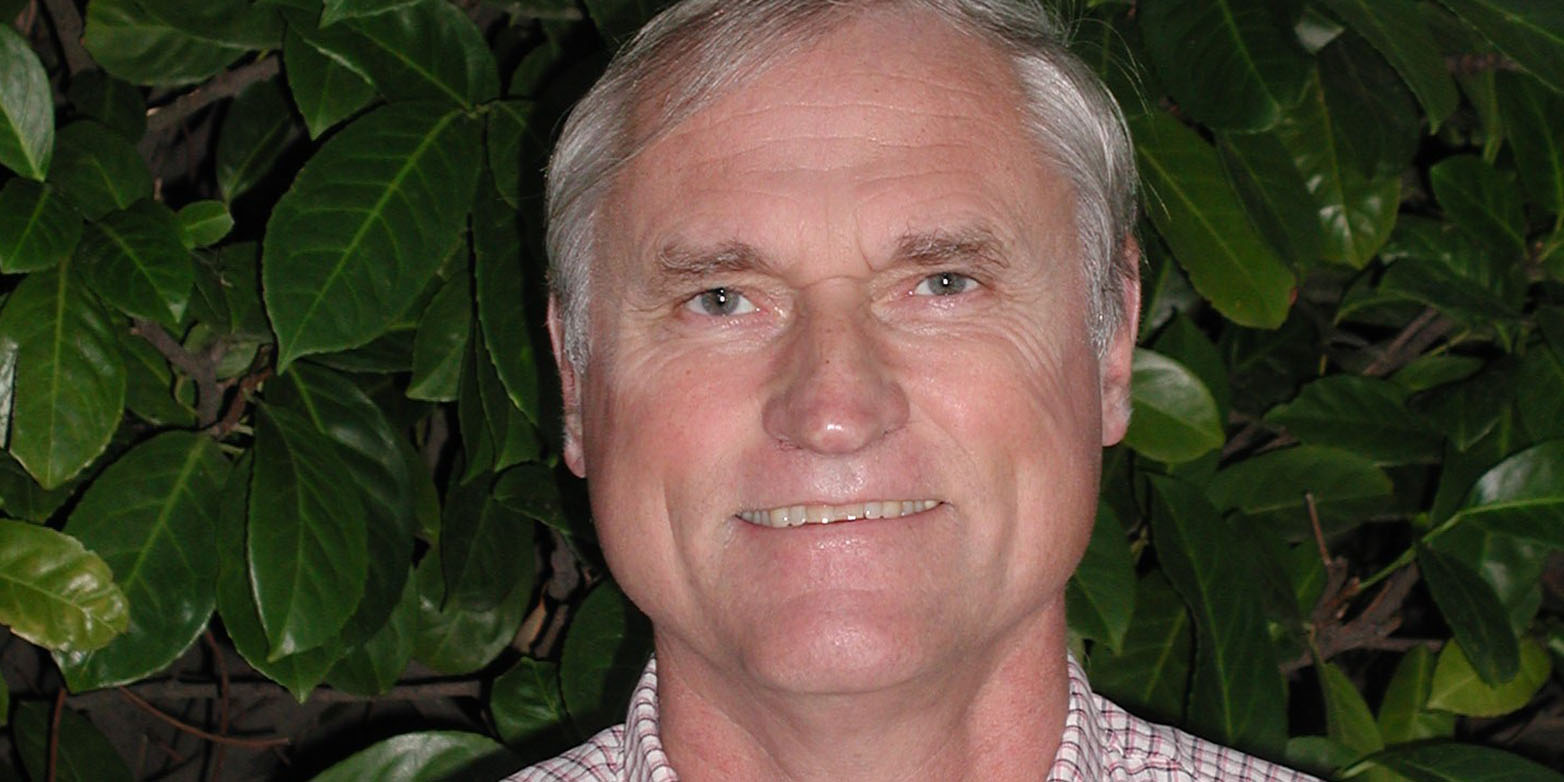It all started with an idea from physics
Richard M. Schoen is a bridge-builder between physics and mathematics, and has enriched the theory of relativity with his proofs and geometric methods. On Monday, ETH Zurich will award him the Heinz Hopf Prize 2017.

Some geometric spaces are beyond our direct powers of imagination, and describing them requires more than just everyday language. One person with a splendid command of the language of geometry is the American mathematician Richard M. Schoen, professor at Stanford University and the University of California, Irvine. ETH Zurich has awarded him the Heinz Hopf Prize 2017 for his “outstanding and fundamental contributions to differential geometry and geometric analysis”.
Thus, the Department of Mathematics at ETH honours a researcher who has introduced important mathematical techniques and new methods in the field of differential geometry, which turned out to have dramatic applications in the theory of general relativity, just at the border of maths and physics. “This ability to build bridges between seemingly distant problems is one of the most amazing skills in Richard Schoen’s mathematical work,” says Alessandro Carlotto, Professor of Mathematics at ETH. Carlotto worked intensively at Stanford with Schoen, who was his doctoral supervisor, on research topics related to the Einstein equations.
Together, they succeeded in developing new solutions to what are known as the Einstein field equations, which describe gravitational forces within the context of general relativity. “Our solutions are entirely compatible with the axioms of general relativity, but explicitly exhibit phenomena that are not present in any other class of previously known solutions to the Einstein equations,” explains Carlotto.
The mystery of the curvature of space
Schoen also refers to general relativity when asked which research question he feels has been the most fascinating of his career: “I am particularly proud of the positive mass theorem, as it is of such a fundamental nature for the Einstein equations,” he says. “It is an example of how we can use an idea from physics to solve an extraordinary mathematical problem.”
To put Schoen’s scientific achievements in context, it is worth taking a look back in time: since the 19th century, mathematicians have been developing new ways to describe the general properties of geometric spaces that are far more complex than the two-dimensional areas or three-dimensional spaces that people are familiar with in everyday life.
Two forerunners in the development of this area of mathematics were Bernhard Riemann (1826–1866) and Albert Einstein (1879–1955). The concept of Riemannian geometry was first proposed in 1854 and paved the way for the general theory of relativity introduced in 1915. Heinz Hopf (1894–1971) in turn made his own fundamental contributions to Riemannian geometry as well as to the global structure of multidimensional spaces.
As Schoen explains, Riemannian geometry is the study of curved spaces. For example, the surface of a ball – or a sphere – has a geometry of constant curvature. For mathematicians, the simplest meaning of curvature is the deviation of a curve from a straight line at a given point. One can then also introduce various notions of curvature for a high-dimensional space, thereby generalizing the study of two-dimensional curved surfaces.
“For higher dimensional spaces, it is much harder to guess the sort of metrics that can be expected,” says Schoen. A metric is a term used by mathematicians when they determine the distances between two elements of a space. Today, Riemannian geometry is a branch of differential geometry that studies geometric objects such as balls, spheres, surfaces or tori (which look like doughnuts).
The general theory of relativity describes the interaction between matter, space and time. It interprets gravitation as a geometric property of curved, four-dimensional space-time. Einstein’s field equations state that the manner in which matter moves within a region of space-time corresponds exactly to the curvature of space-time in that region. Einstein used differential geometry to describe the curvature of space-time.
Einstein’s equations still provide motivation
Riemann’s and Einstein’s work is still motivating new research questions today, more than 100 years after it first appeared – a testament to its intellectual richness. “We still do not have a full understanding of these geometric spaces, so their deeper geometric study and perhaps the development of new techniques to construct even more general and surprising solutions to the Einstein equations is a main theme of my current research,” says Carlotto.
However, whereas a physicist builds a model and revises it as necessary, as it must match the data and the bigger picture provided by a theory, a mathematician such as Carlotto takes this model as a given and studies its logical implications. “In my case, my scope is not really to question whether general relativity is the right way of describing gravity; instead, I use this as a framework and try to work out what it tells us about things like cosmological phenomena and gravitational waves.”
Schoen concludes: “I like being able to think visually about my work. Physics gives me another way of looking at geometry and provides new insights and interpretations that may lead to important new mathematical results.”
Heinz Hopf Lectures 2017
Richard M. Schoen
«How curvature shapes space»
Monday, 30 October 2017
5.15 p.m., Aula HG G60
Tuesday, 31 October 2017
5.15 p.m., HG E3
Further information, incl. symposium: www.math.ethz.ch/hopf
